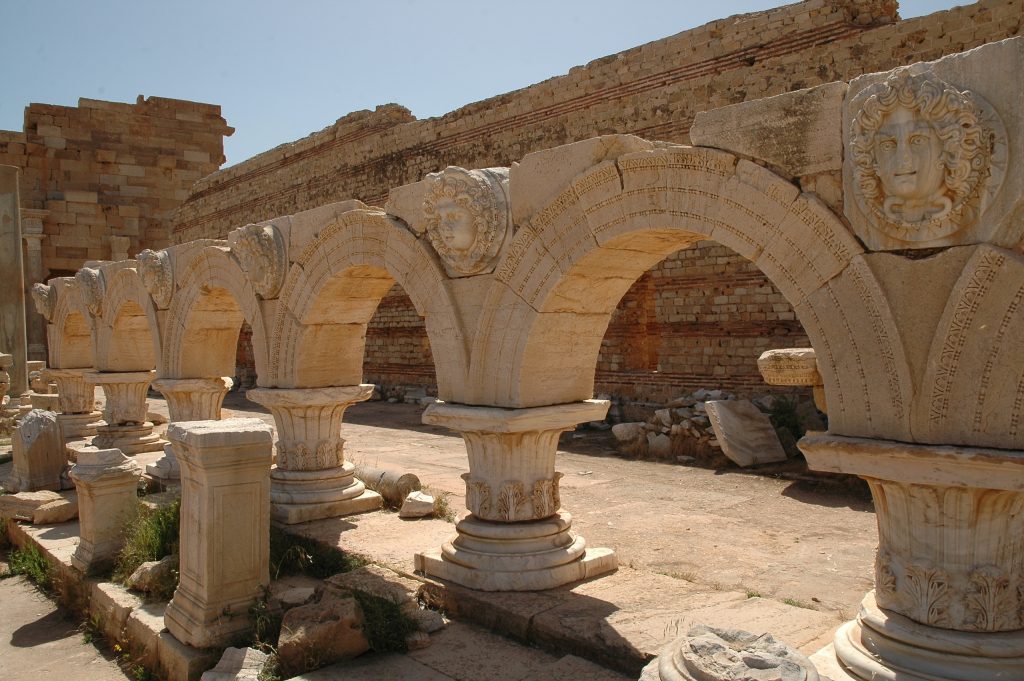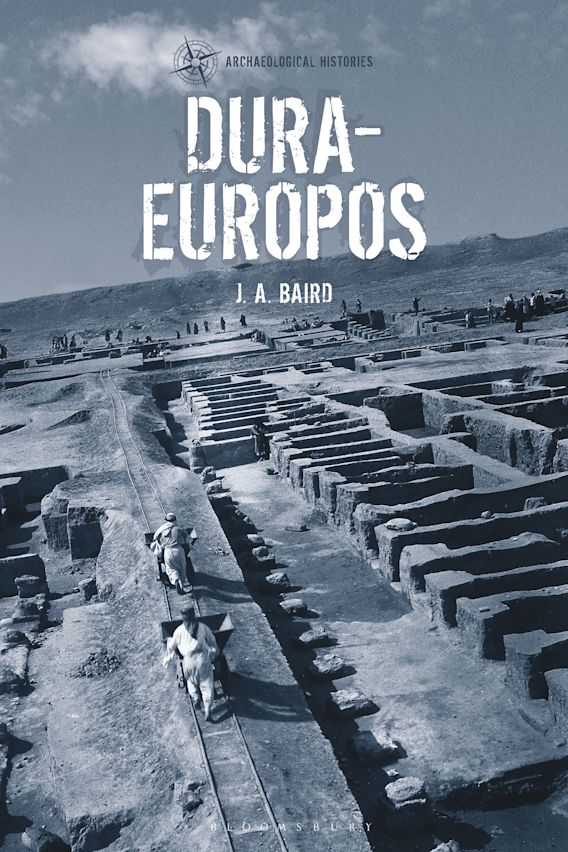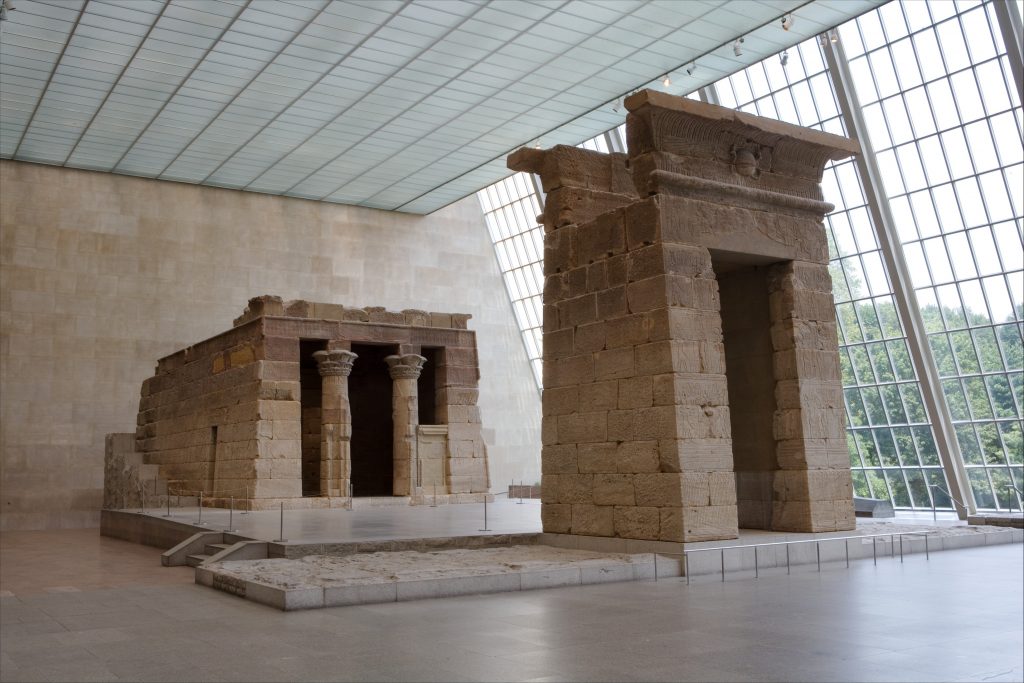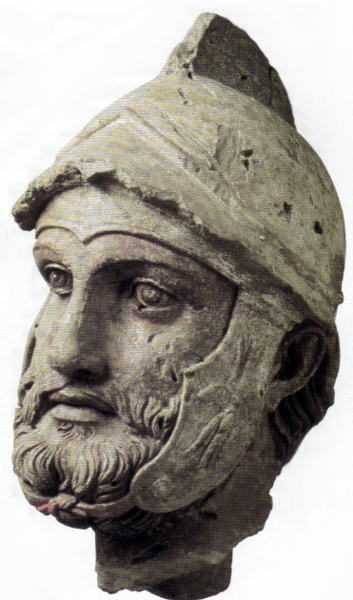Today I am pleased to announce the publication of World Architecture and Society: From Stonehenge to One World Trade Center, edited by Peter Louis Bonfitto and published by ABC-Clio. This book contains short essays on a huge number of structures, buildings and monuments, with the explicit goal of situating their architectural features within the social fabric of the societies, past and present, that created and used them.
I have contributed three essays, on the Ziggurat of Ur, the Apadana at Persepolis, and the Severan Forum at Lepcis Magna. The first two are obvious choices given my interests and expertise, but Lepcis Magna was my suggestion too. I think it’s great because 1.) it’s visually stunning, 2.) it was built in Africa by an African emperor, 3.) it is Roman in form, and clearly responding to structures and spaces in Rome, like the Forum of Trajan, and 4.) it is not a slavish copy of Roman architecture but rather a version of it, one which in many respects prefigures important features of medieval European architecture (just look at that colonnade).

I reckon this proves I’m still a classical archaeologist after all!



